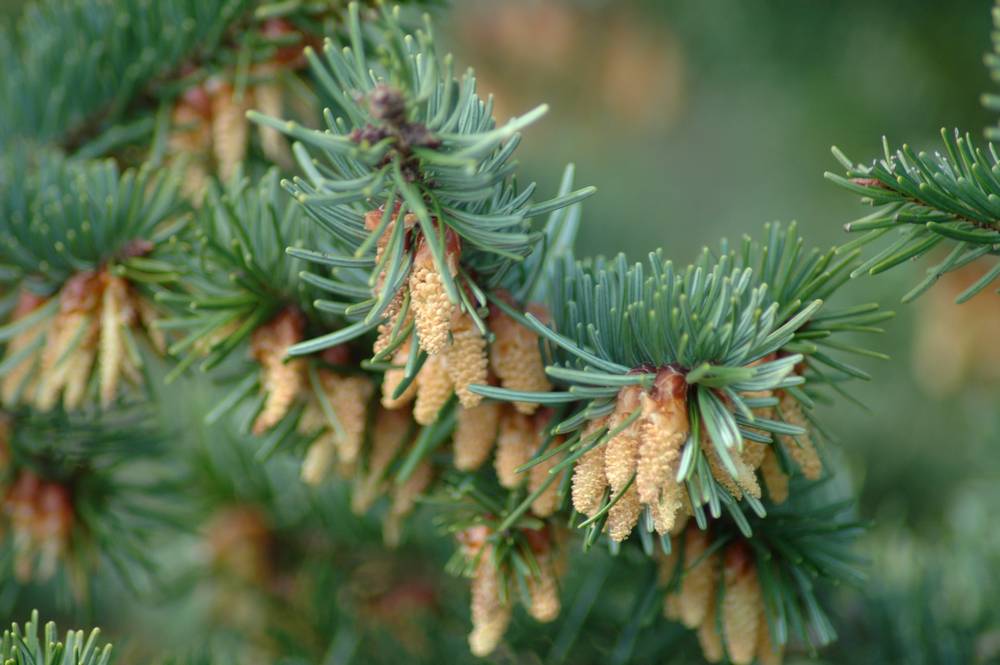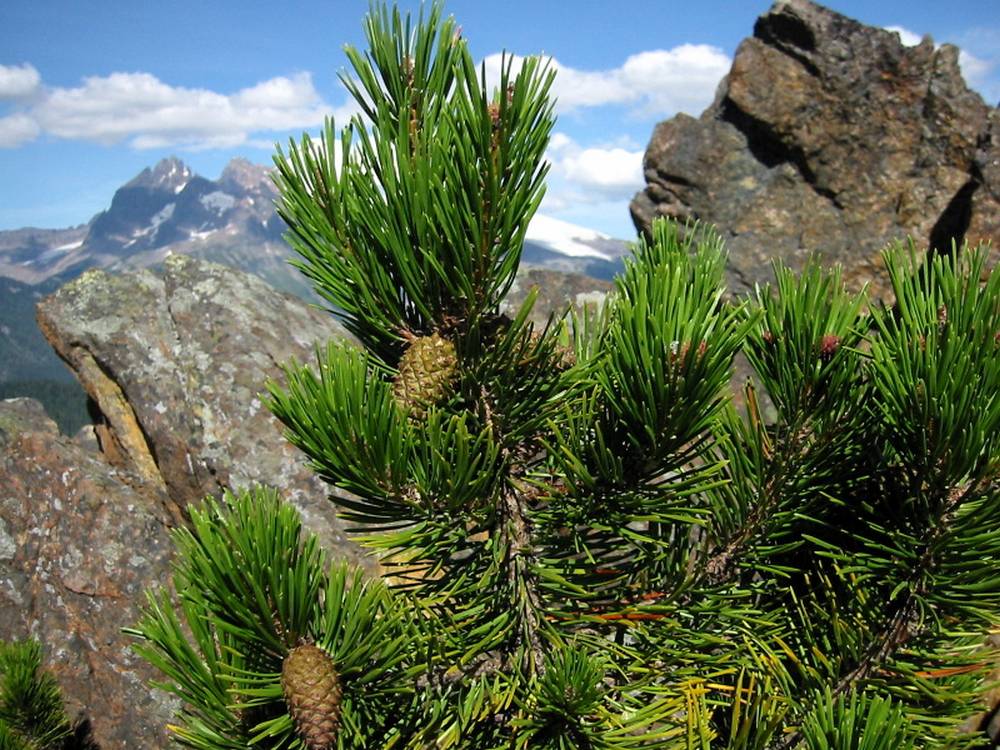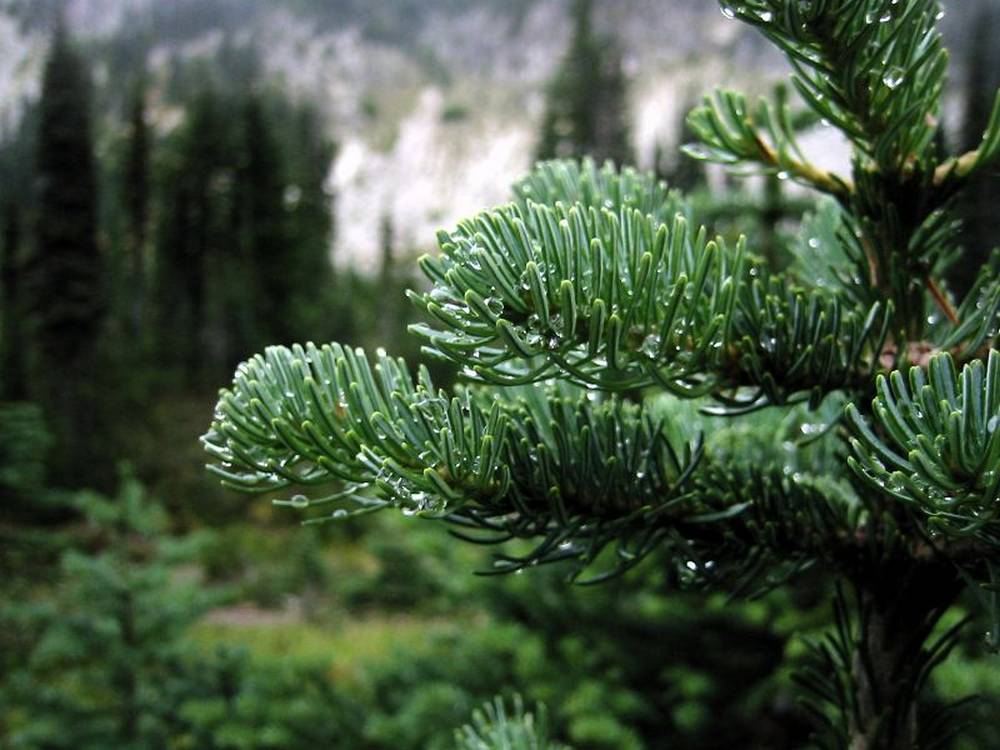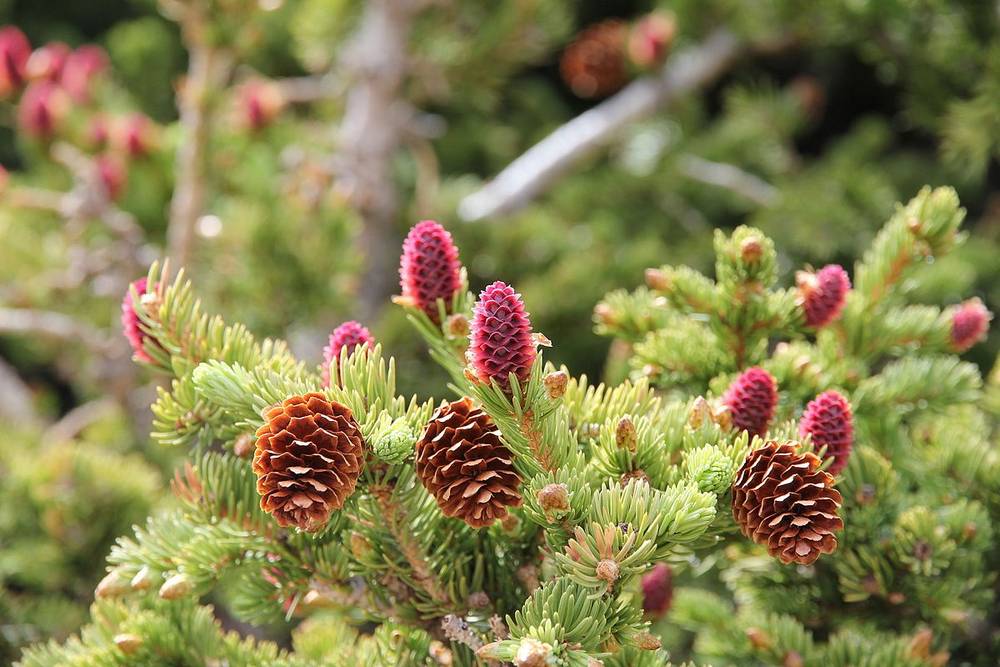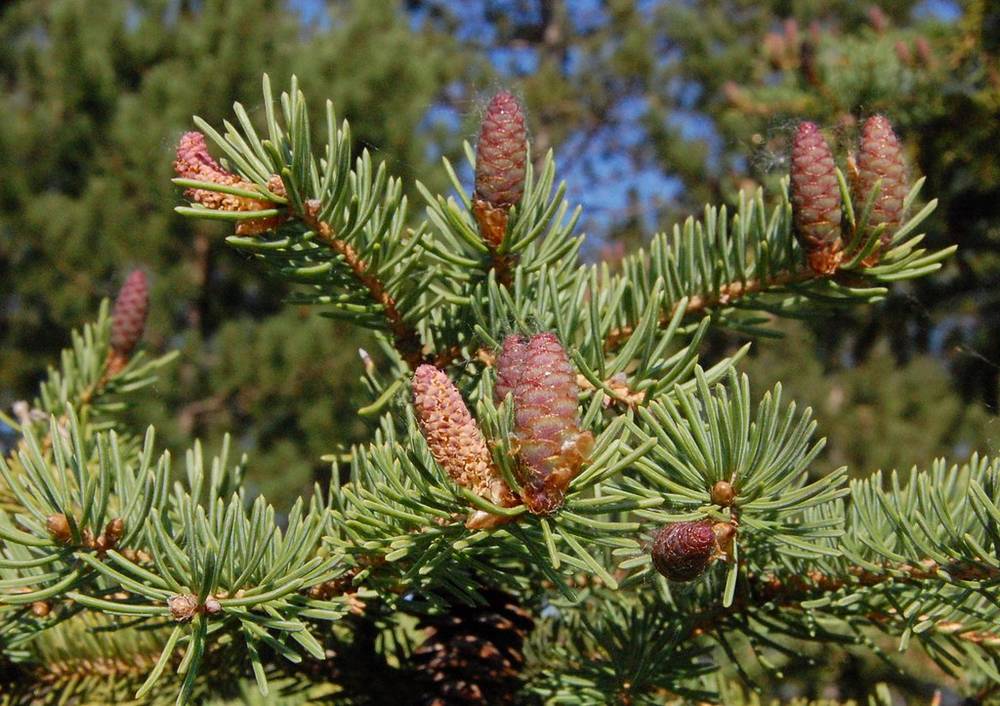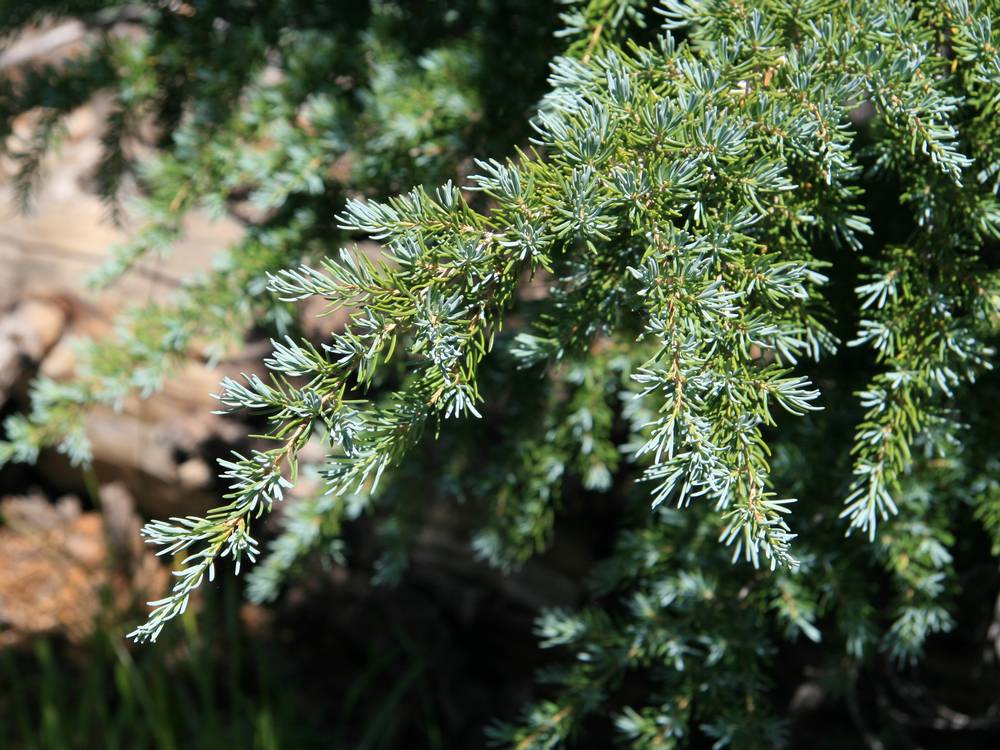Located in the Northwest of the USA, Montana is the fourth largest state by mass, and third when it comes to the lowest population density. The state is home to various mountain ranges stretching from the west side, eastward. In total, 77 of these mountain ranges are part of the Rocky Mountain ranges of western North America.
The two main factors that influence the growth of forests in any region are Topography and climate. The Rocky Mountain range – stretching 3,000 miles (4,800 kilometers) – experiences dry and cold weather conditions towards southern, eastern, and central zones, whereas the northwestern areas are dominated by moist and maritime climatic conditions. These climatic conditions result in abundant growth of various plant life.
Approximately 25% of the total land area of Montana is filled with trees of various types. As a result, the state is home to numerous state parks and National Forests preserving the spectacular greenery of this state. The economy is mainly based on agriculture, in particular ranching and cereal grain farming. Vegetation native to Montana includes ponderosa pine, lodgepole pine, Douglas-Fir, western larch, Aspen, etc. We discuss these tree and shrub species (and more) in detail below.
PONDEROSA PINE (Pinus ponderosa)
Known as the state tree of Montana, Ponderosa Pine can grow from 50 feet up to 180 feet tall. It is a vital tree for the lumber (timber) business. Young trees are mostly termed as “blackjack”, while older ones are called “yellow pine”.
These trees also isolate the grassland from Douglas-Fir forests. The shrubs that grow with ponderosa pine are Oregon grape, snowberry, and chokecherry.
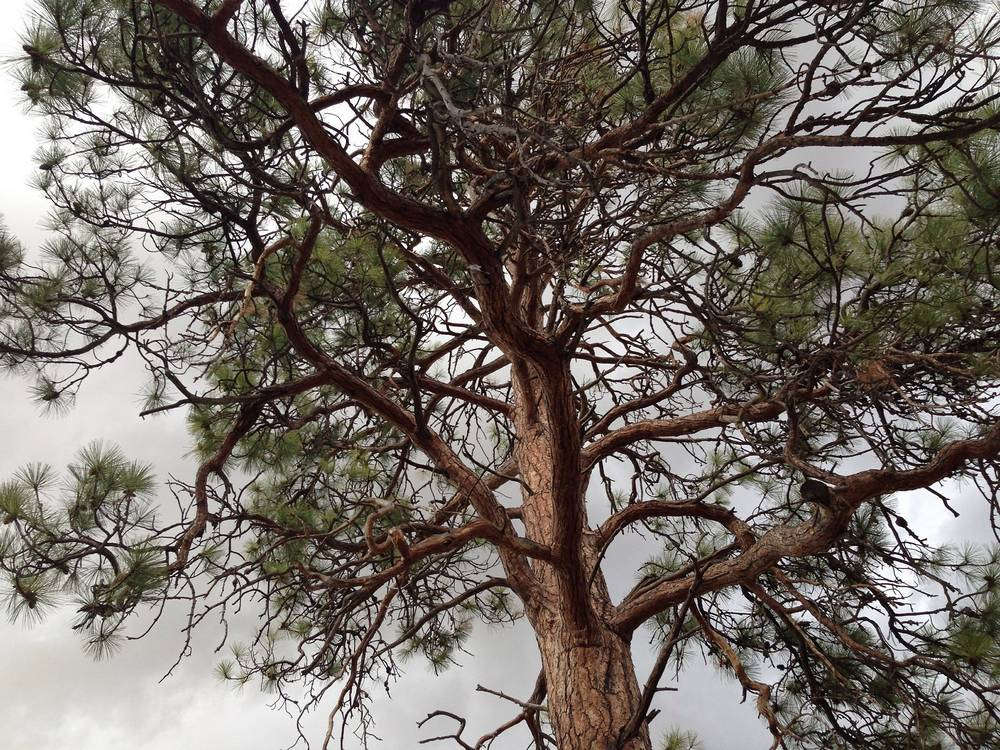
DOUGLAS-FIR (Pseudotsuga menziesii)
These trees can be found on the mountains facing the north, and they tend to grow at elevations of 5,500 feet up to 7,500 feet. In most other areas, the Douglas-Fir tree is termed as a large forest tree, however, in Montana, it rarely gets taller than 130 feet.
In Montana, these trees are commonly used as Christmas trees. The shrubs that grow among these trees are snowberry, ninebark, and kinnikinnick.
LODGEPOLE PINE (Pinus contorta)
These trees are characteristically tall and slender and can grow from 30 to 100 feet tall, and 1 to 2.5 feet in diameter. They grow in dense stands and are usually found in the mountain ranges at an elevation of 3,500 to 8,000 feet.
Over time, these trees have acclimatized to an environment dominated by fires. Young lodgepole trees do not grow under the shade of other trees, however, as a result of heat from a fire, the cone of the lodgepole opens and the seeds scatter onto the soil that is burned down. The name of this tree is derived from the ancient use of these trees by Indians and other explorers to construct lodges (teepees).
ASPEN (Populus tremuloides)
Also called Quaking Aspen, they are located in moist environments along the streams. During autumn, their leaves turn from green to golden – a sign of their identification.
The wood of aspen is exceptionally light and unable to counter decay. This tree is vital for various forms of wildlife such as birds, elk, etc.
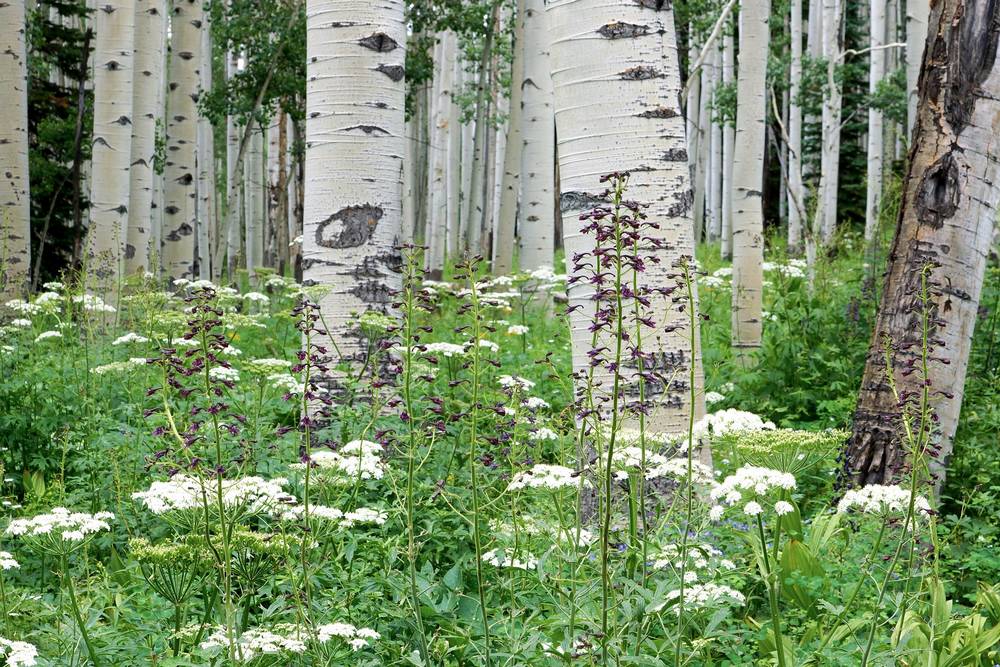
WESTERN LARCH (Larix occidentalis)
Found in moist locations at an elevation of 2,000 to 7,000 feet, Western Larch conifers tend to lose their needles every autumn, similar to deciduous trees. This is a distinctive feature of larch as compared to other cone-bearing trees.
Western Larch are also used for poles, timber, etc. It is a large tree that can live for 500 years, or longer.
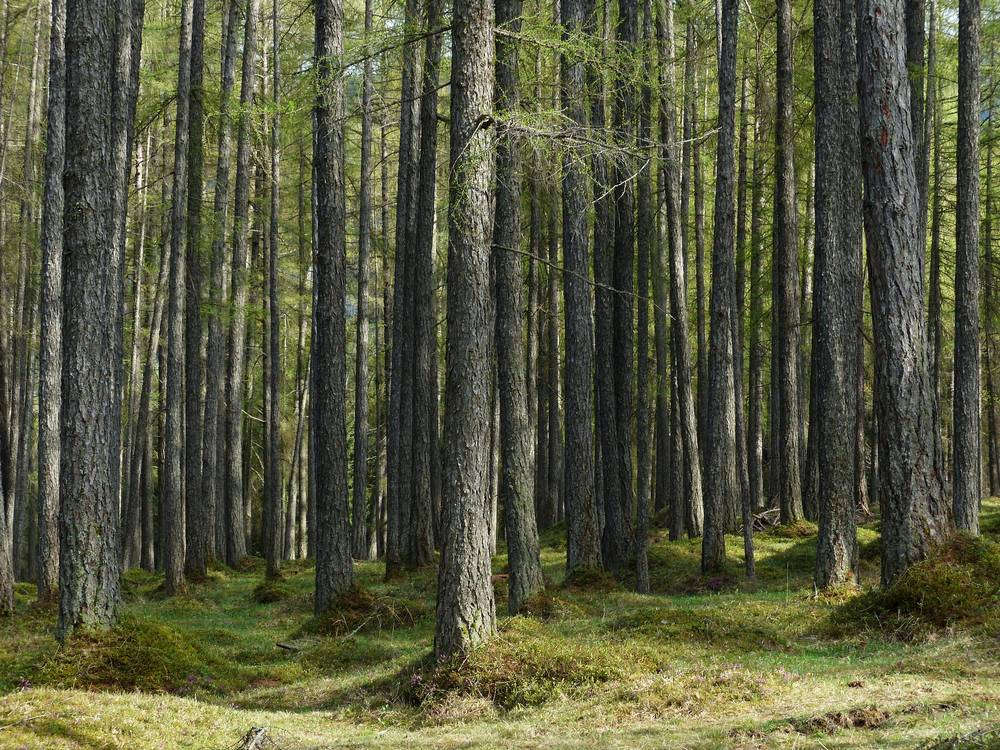
SUBALPINE FIR (Abies lasiocarpa)
This conifer grows in various conditions, including very cold, and dry climate. It can reach a height of 80 feet and 2 feet in diameter. It is smaller at higher altitudes and it is often a shrub at the tree line.
The distinctive feature of this tree is that it can grow in shaded areas where other trees cannot.
COMMON SNOWBERRY (Symphoricarpos spp)
This is found in low to moderate elevation forests, as well as open areas. It has a white fruit-like berry with a wax-like covering (hence the name).
This shrub is an important source of food for a variety of animals, such as deer, sheep, and bear. Native Americans utilized this shrub as medicine and soap, and at times, food.
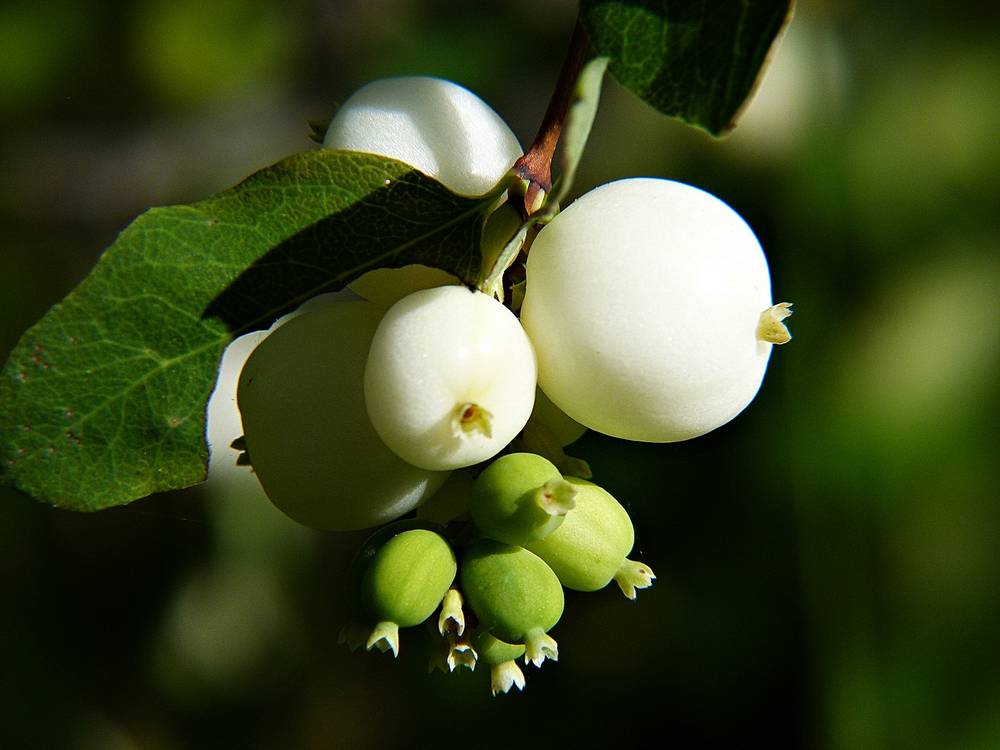
THIMBLEBERRY (Rubus parviflorus)
This can be found on the grasslands and high elevations as well. It has red, edible fruit, similar to raspberry, but shorter and hemispherical. The fruit does not hold onto the plant, hence is not commercially cultivated. The plant has large leaves, but no horns.
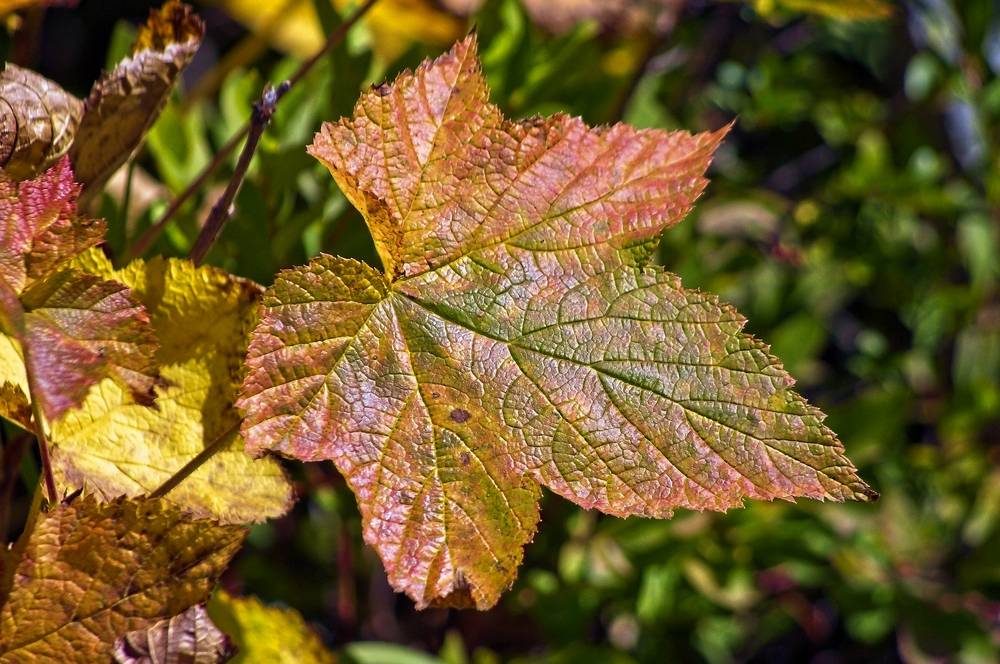
ENGELMANN SPRUCE (Picea engelmannii)
Found in cool mountain ranges along lakesides or streams, these trees grow on average to 75 feet tall, to a maximum of 120 feet tall. In older trees, the crown is cylindrical, while in younger trees it is conical.
The tree is of importance economically because of its use in the paper industry, and construction. Wood from trees that grow slowly at higher altitudes is used in making musical instruments such as violins, pianos, and guitars.
WHITE SPRUCE (Picea glauca)
This tree is found over vast areas in Canada and Alaska but is sometimes found in Montana as well. It grows near banks of lakes and streams, similar to Engelmann. It is classified as a small tree with a height of 65 to 100 feet.
It can be used commercially in the same way as Engelmann Spruce. It is also known by other names such as Canadian spruce, Black Hills spruce, Cat spruce.
MOUNTAIN HEMLOCK (Tsuga mertensiana)
This tree can grow from 65 to 130 feet tall and is usually found in snowy and cold sites. They grow very slowly and at times, age 800 years or more. It adapts quickly to sites with a lot of snow and ice, and tolerates shade.
When lodgepole pine and subalpine fir settle on drier regions, mountain hemlock succeeds them. Also, it tends to replace Engelmann Spruce when these two species grow together. To summarize, all the above-mentioned species of trees and shrubs grow in various regions of Montana, but this list is not exhaustive. Many other species and sub-species grow in Montana that vary in shape, size, and characteristics, depending on the location and environment. Generally, all species of trees in Montana can be categorized as conifers, broadleaf trees, and deciduous trees.


